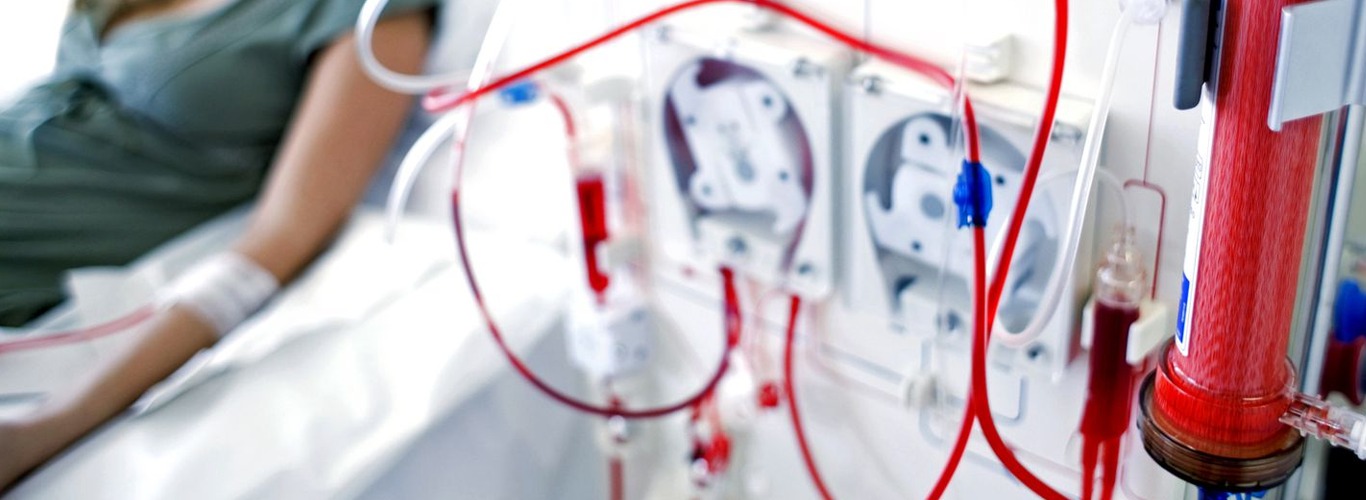Kidney health surviving and thriving on Dialysis
Posted on 29/04/2024

The majority of us don't give much thought to our kidneys. But perhaps we ought to. They are after all crucial to our daily existence and wellbeing. That's because our bodies' kidneys filter blood, eliminate waste, and retain only the necessary amount of fluid.
Chronic kidney disease (CKD) affects millions of people worldwide. When CKD progresses to end-stage renal disease (ESRD), dialysis is often necessary to remove waste products and excess fluid from the body. Recent advancements in kidney health dialysis equipment have improved the efficacy and convenience of dialysis treatment for patients.
Dialysis is a renal failure treatment that purges the blood of extra toxins, waste materials, and fluids. When a kidney fails, it cannot filter blood, which has an impact on the body's chemical balance system. Without therapy, the body will begin to accumulate dangerous waste and poisons, making dialysis or kidney replacement necessary to extend life.
necessary for persons with chronic kidney disease, end-stage renal disease, kidney failure, and kidneys that are no longer able to filter and clean the blood.
Advancements in Dialysis techniques.
One of the most significant recent developments is the introduction of wearable dialysis devices. These devices, which can be worn on the body, offer patients greater freedom and flexibility in their treatment. Patients can receive dialysis while carrying out their daily activities, reducing the impact of the disease on their lives. These devices are lightweight, portable, and easy to use.
Another important development is high-efficiency dialysis (HED). HED uses a smaller and more efficient filter to remove waste products from the blood. This reduces the amount of time required for dialysis treatment, making it more convenient for patients and reducing the risk of complications. HED has also been shown to improve patient outcomes.
Researchers are also working on developing an artificial kidney that can mimic the function of a real kidney. This would be a significant breakthrough in the field of dialysis and could potentially eliminate the need for kidney transplants. While this technology is still in the research and development stage, it has the potential to revolutionize the treatment of CKD and ESRD.
Improvements in hemodialysis membranes have also been made. These new membranes are more biocompatible and less likely to cause inflammation and infection, improving patient outcomes and reducing the need for hospitalization.
Portable dialysis machines are also becoming more common. These machines allow patients to receive treatment at home, reducing the need for hospitalization and providing greater convenience. Portable dialysis machines are designed to be easy to use and transport.
Conclusion
Recent advancements in kidney health dialysis equipment have greatly improved the efficacy and convenience of dialysis treatment for patients. Wearable devices, HED, artificial kidneys, improved hemodialysis membranes, and portable machines are just some of the latest developments that have improved the lives of those with CKD and ESRD. Patients should consult with their healthcare providers to determine the best treatment options for their specific needs.

